The Ming aralia (Polyscias fruticosa) is a popular houseplant known for its unique appearance and easy maintenance. This plant is native to Southeast Asia and is commonly found in tropical rainforests. It is a popular houseplant because of its hardiness, attractive foliage, and adaptability to indoor environments. We will explore the characteristics of the Ming aralia, care requirements, and some common problems that can arise when growing this plant indoors.
Table of Contents
Characteristics of the Ming Aralia
The Ming aralia is a small tree that can grow up to six feet tall (1.8 metres) in its natural habitat. In a home environment, the plant is usually kept much smaller, around two to three feet tall (under 1 metre). The Ming aralia is characterised by its unique foliage, which is a mix of dark green and light green leaves that are shaped like fingers. The leaves are thin and delicate, and grow on thin stems that can be manipulated to create a bonsai-like appearance.
The Ming aralia is a slow-growing plant, which makes it an excellent choice for a long-lasting indoor plant. The plant is also very forgiving when it comes to pruning, making it easy to shape and maintain. With proper care, the ming aralia can live for many years.
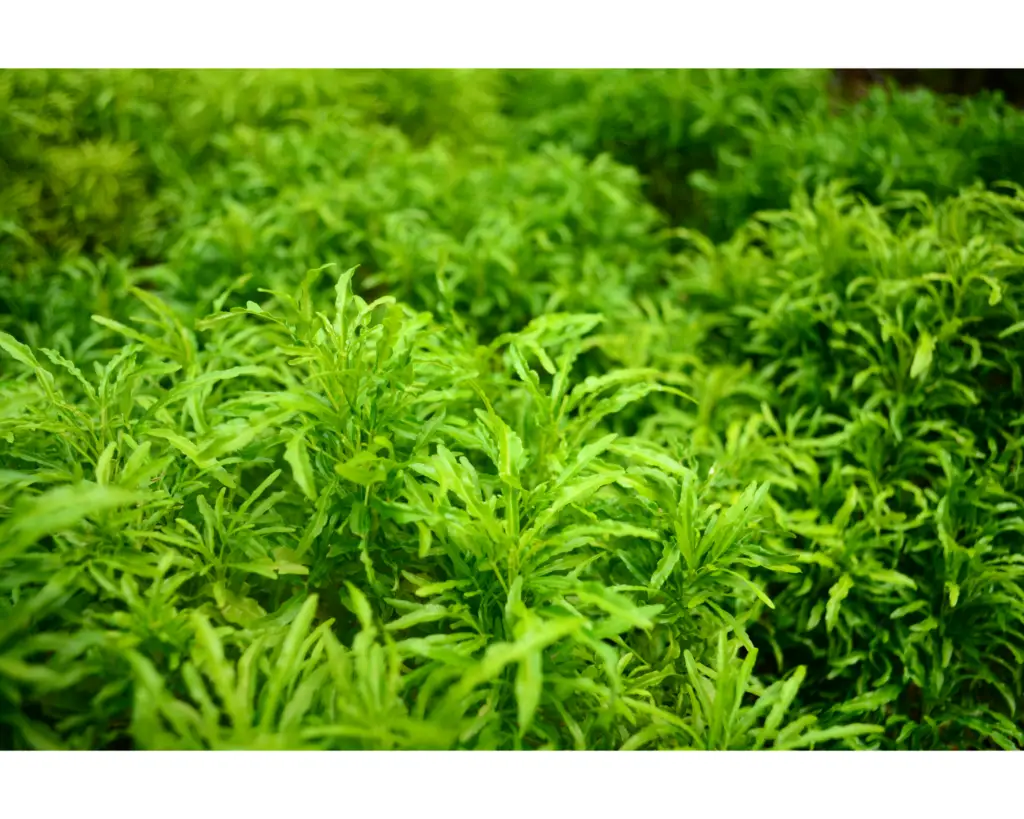
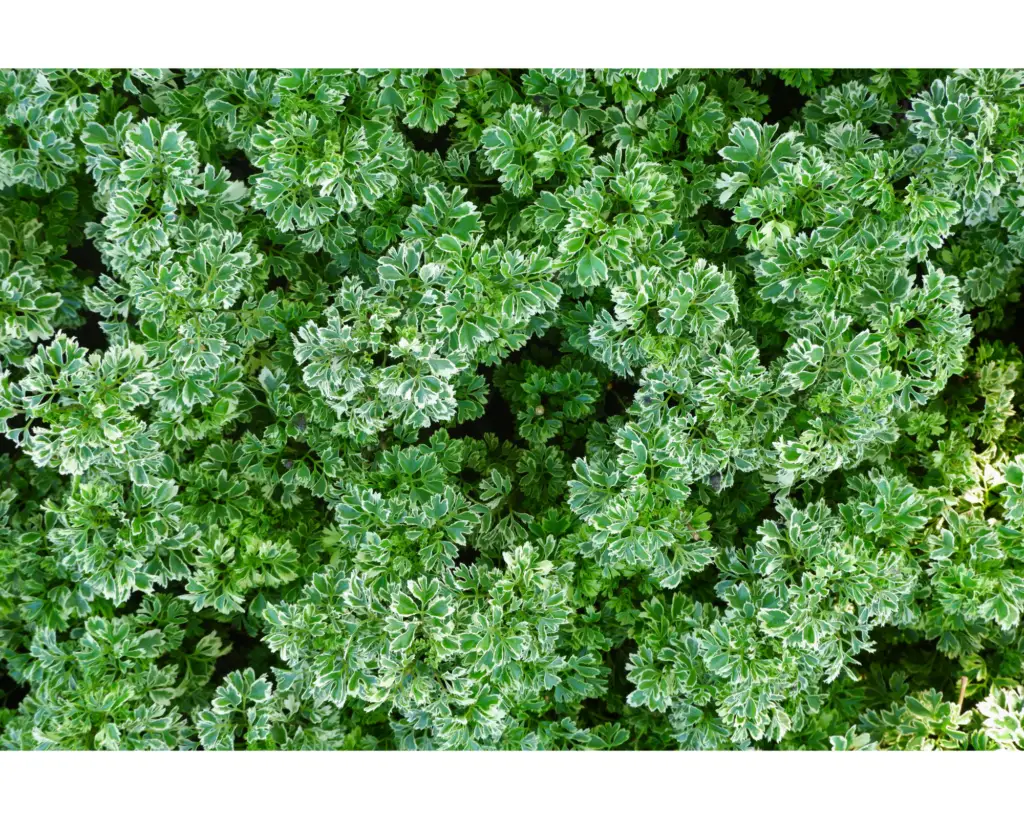
What are the different types of Ming aralia?
Ming aralia, or Polyscias fruticosa, has several different cultivars or varieties. Here are some of the most common types:
- Polyscias fruticosa ‘Elegans’ – This variety has variegated leaves with white and green colors.
- Polyscias fruticosa ‘Victoriae’ – This cultivar has deeply divided, fern-like leaves and a bushy growth habit.
- Polyscias fruticosa ‘Bonsai’ – As the name suggests, this variety is often used for bonsai cultivation. It has a small, compact size and delicate foliage.
- Polyscias fruticosa ‘Variegata’ – Similar to the ‘Elegans’ cultivar, this variety has variegated leaves with white and green colors, but the variegation is more pronounced.
- Polyscias fruticosa ‘Ming’ – This is the most common variety of ming aralia, with large, glossy green leaves and a bushy growth habit.
- Polyscias fruticosa ‘Picturata’ – This cultivar has leaves with irregular white markings and a more compact growth habit than the ‘Ming’ variety.
These cultivars have slight variations in their appearance and growth habits. However, they all share the same basic care requirements as the Ming aralia plant.
Care Requirements for the Ming Aralia
Light
The Ming aralia prefers bright, indirect light. It should be placed near a window where it can receive plenty of natural light, but not direct sunlight. Direct sunlight can burn the leaves and cause them to turn yellow or brown. If your Ming aralia is not receiving enough light, by noticing dull appearance on its leaves, move the plant closer to a window or consider using a grow light to supplement the natural light.
Water
The Ming aralia likes to be kept consistently moist, but not soaking wet. The plant should be watered when the top inch of soil feels dry to the touch. Water thoroughly, allowing the water to soak into the soil and drain out of the bottom of the pot. If the soil becomes too dry, the leaves of the Ming aralia will start to droop and turn brown. Conversely, if the soil is too wet, the leaves will start to turn yellow and fall off. To prevent overwatering, make sure the pot has good drainage and avoid letting the plant sit in standing water.
Humidity and Temperature
The Ming aralia thrives in humid environments, so provide some additional humidity if your home is particularly dry. You can do this by misting the plant regularly or placing a tray of water near the plant. You can also place the plant in a humid room, like a bathroom or kitchen. The Ming aralia prefers temperatures between 65°F and 75°F (18°C to 24°C). Keep the plant away from cold drafts, as this can damage the leaves and cause them to fall off.
Soil and Fertiliser
The Ming aralia prefers well-draining soil that is rich in organic matter. A soil mix that contains peat moss and perlite is ideal. Avoid using heavy, compacted soil that does not allow for proper drainage. The Ming aralia should be fertilised every two to four weeks during the growing season (spring and summer). Use a balanced fertiliser that is diluted to half strength. During the winter months, you can reduce the frequency of fertilisation to once a month.
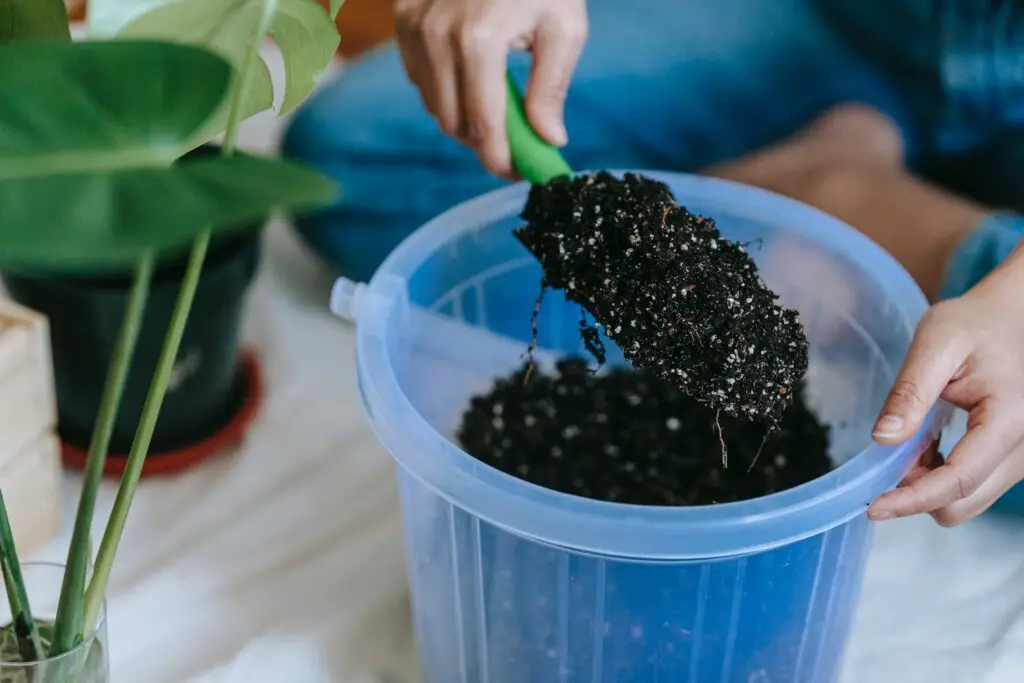

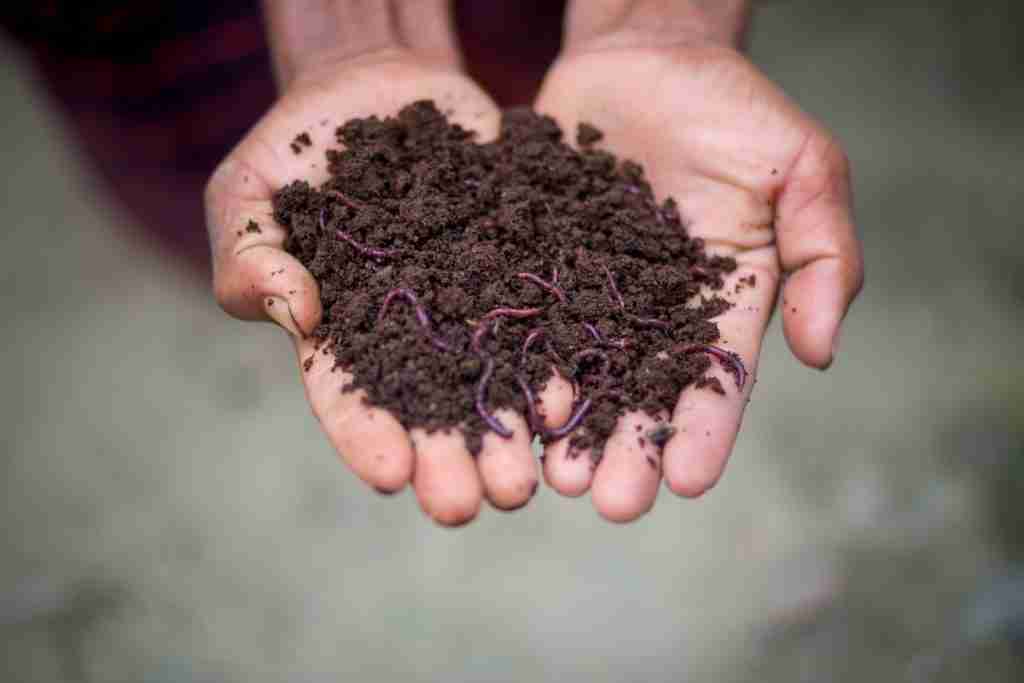
Propagation
The Ming aralia can be propagated through stem cuttings or air layering. To propagate through stem cuttings, select a healthy stem and cut it just below a node. Remove the leaves from the bottom two-thirds of the stem and plant it in a well-draining soil mix. Keep the soil moist and the cutting in a warm, humid location until roots form. To propagate through air layering, select a healthy stem and make a small cut on the stem, just below a node. Cover the cut with moist sphagnum moss and wrap it with plastic wrap. Once roots form, cut the stem below the roots and plant it in a well-draining soil mix.
Repotting the Ming aralia
Ming aralia can be repotted every two to three years, or when the plant has outgrown its current pot. To repot, select a pot that is one size larger than the current pot and has good drainage. Carefully remove the plant from its current pot, being careful not to damage the roots. Gently loosen any tangled roots and remove any dead or damaged roots. Place the plant in the new pot and add fresh, well-draining soil mix around the roots, to leave enough room for watering. Water the plant thoroughly and place it in a bright, indirect light location. It’s important not to overwater the plant after repotting, as this can cause root rot.
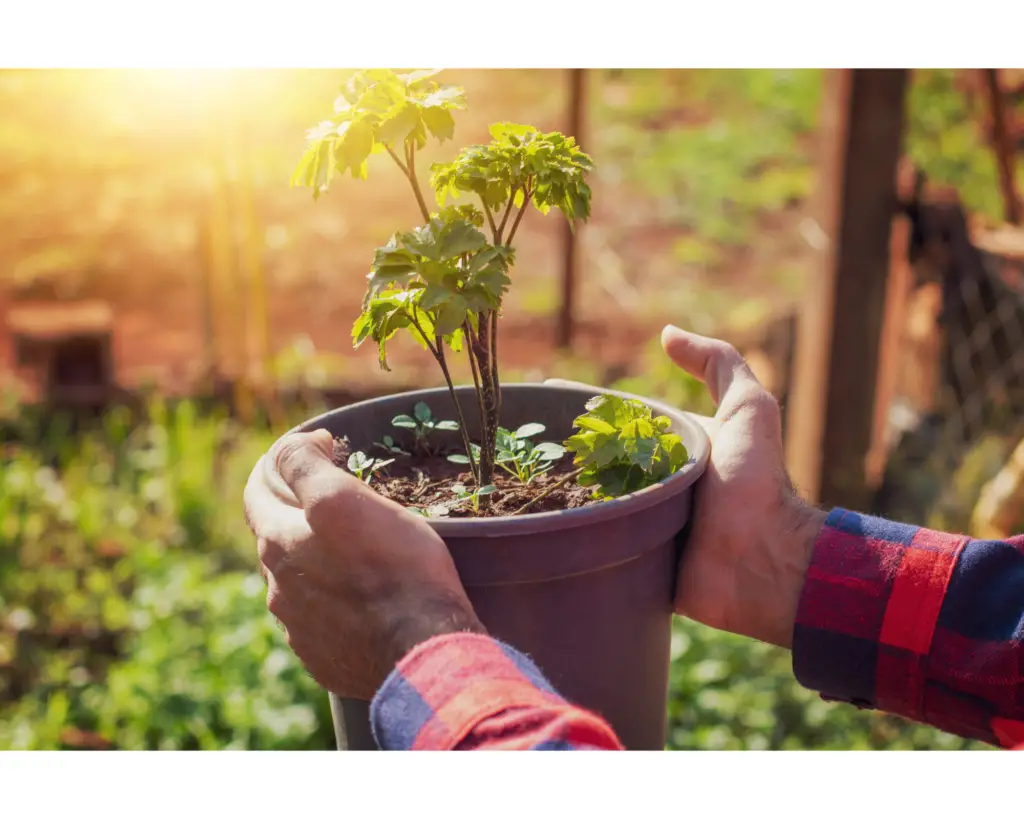
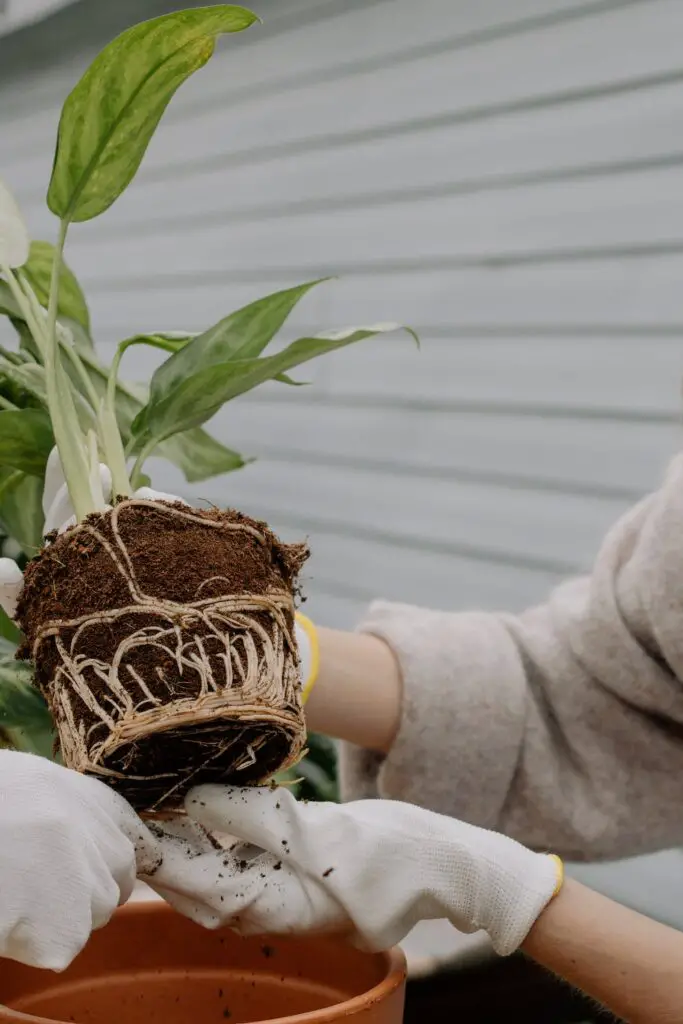
Managing pests for the Ming aralia
Ming aralia is generally a hardy plant with few pest problems, however it can be susceptible to mealybugs, spider mites, and scale insects. Inspect the plant regularly for any signs of pests, sticky residue or small insects on the leaves. To manage pests, wipe down the plant’s leaves with a damp cloth or cotton swab dipped in rubbing alcohol. Alternatively, neem oil or insecticidal soap can be used to treat infestations. It’s important to follow the manufacturer’s instructions when using these treatments, as they can be harmful if used incorrectly.
Conclusion
The Ming aralia is a stunning and low-maintenance houseplant that can add a touch of tropical beauty to any indoor space. With its glossy green leaves and interesting growth habit, it’s a popular choice for both novice and experienced houseplant enthusiasts. Ming aralia requires moderate watering, indirect sunlight, and occasional pruning to thrive. Additionally, propagating through stem cuttings or air layering, managing pests, and repotting every few years can help ensure the plant remains healthy and vibrant. With proper care, a ming aralia can be a long-lasting and rewarding addition to any plant collection.
